Arnaud Antkowiak
Professor of Fluid Mechanics
I am a Professor of Fluid Mechanics at Sorbonne Université in Paris and Head of the Fluid Mechanics Master.
UPDATE APRIL, 12th 2023:
We are looking for a PhD student to work with us
(me and Jean-Lou Pierson from IFP Énergies Nouvelles near Lyon)
on the modelling of thin liquid films decorated with surfactants, such as the ones found for example in emulsions or foams. Fully funded PhD. Contact us for more information.
Deadline for application : May 1st.
My research is conducted at Institut ∂'Alembert -- a bubbling lab where researchers of different backgrounds (applied mathematicians, soft condensed matter physicists, numericists...) interact on all the facets of physics at the human scale.
Research
My research explores various aspects of hydrodynamics and related areas (soft matter physics, industrial or geophysical settings), using usually a combination of lightweight experiments and modelling. In what follows I highlight several active research themes.
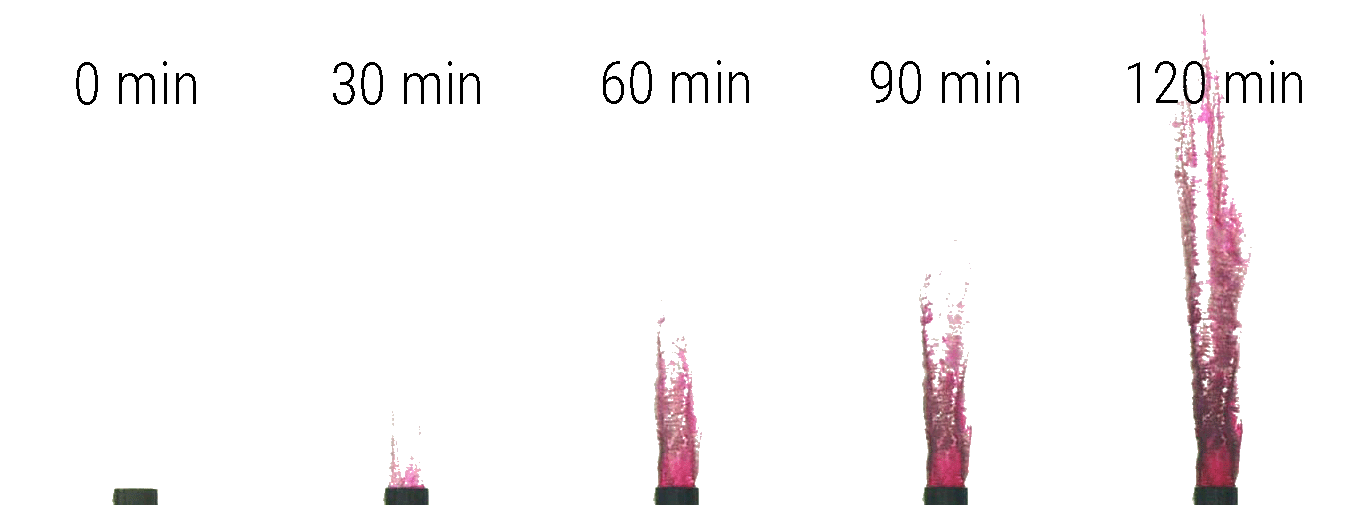
Hydrothermal Chimneys
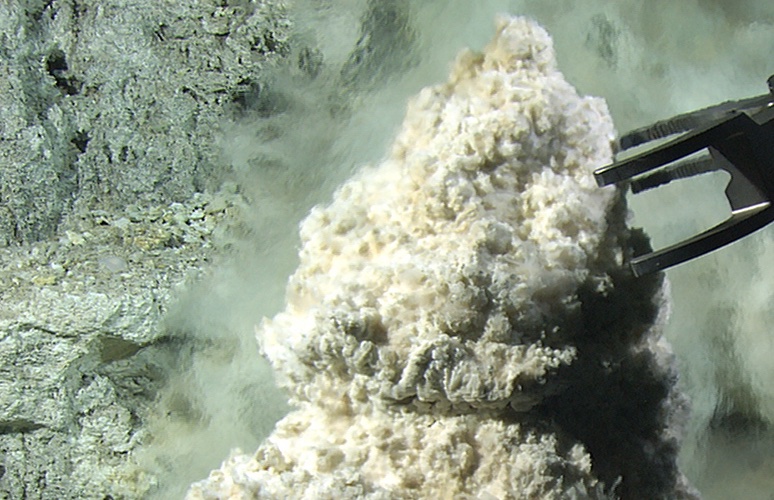
Hydrothermal chimneys are spectacular edifices several tens of meters tall found in the bottom of the oceans. Harbouring a profusion of living organisms that form a most ancient ecosystem, chimneys have rightfully stirred the interest of the geophysics community for their role in the emergence of life. Still, the mechanisms of formation of these vents remain unclear to date. Here we explore how fluid flows from the inner crust may sculpt the chimney when contacting seawater and precipitating chemical elements. This is an exciting multidisciplinary venture with geophysicists and geobiologists from
Institut de Physique du globe.
Interested in joining the team? Contact us!
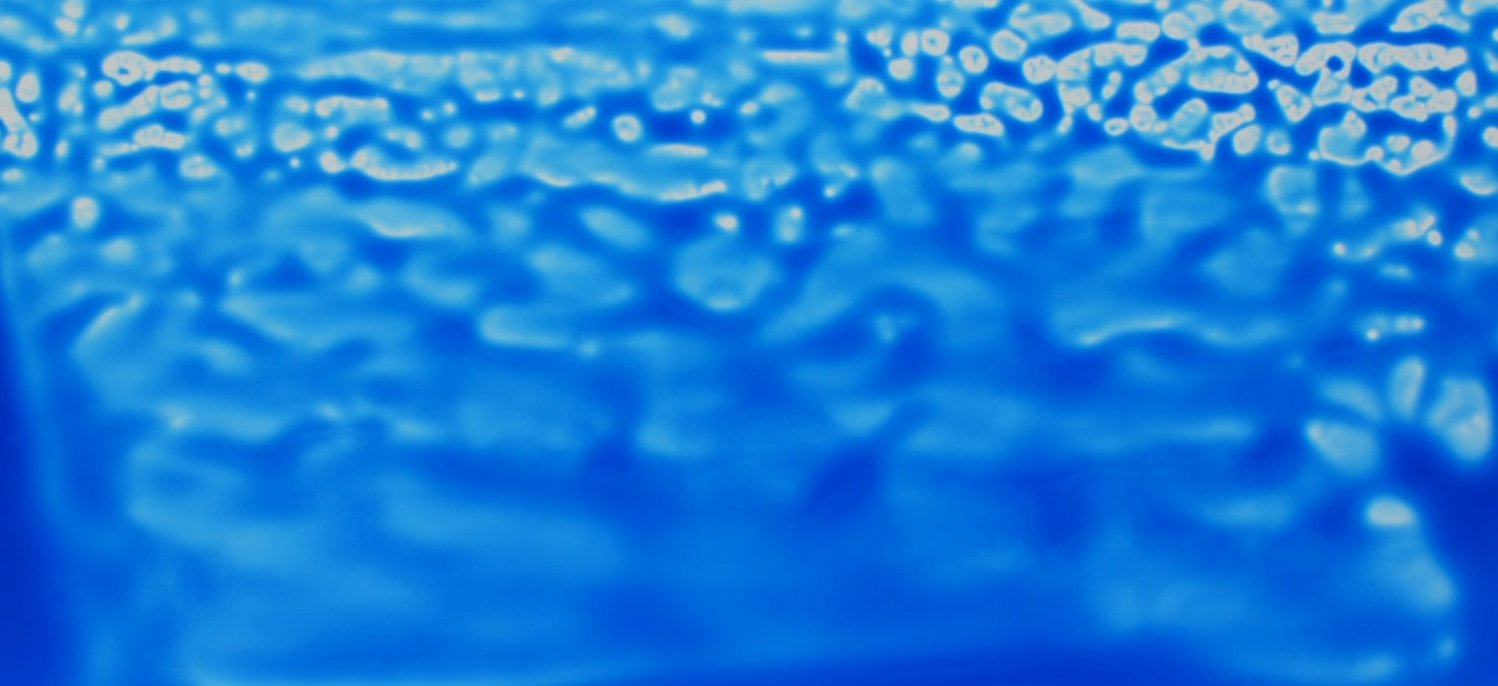
Thin Liquid Films
Thin liquid films are as ubiquitous in Nature as are fibres, sheets, shells or any slender structures; from the liquid film lining our eyes to lava flows sliding down a volcano slope or the fragile soapy skin of a bubble, the examples are many. In an industrial context thin liquid films may be used as a proxy to confer new functions (think thermal, chemical, mechanical or optical) to given materials by a coating process. In the framework of a nice collaboration with
SVI lab associated to glass manufacturer Saint-Gobain, we explore the dynamics and stability properties of heterogeneous (binary) or surfactant-laden liquid films. This study has prompted the development of an original numerical approach consisting in stacking lubrication-like layers in
Basilisk code developed at ∂'Alembert by Stéphane Popinet.
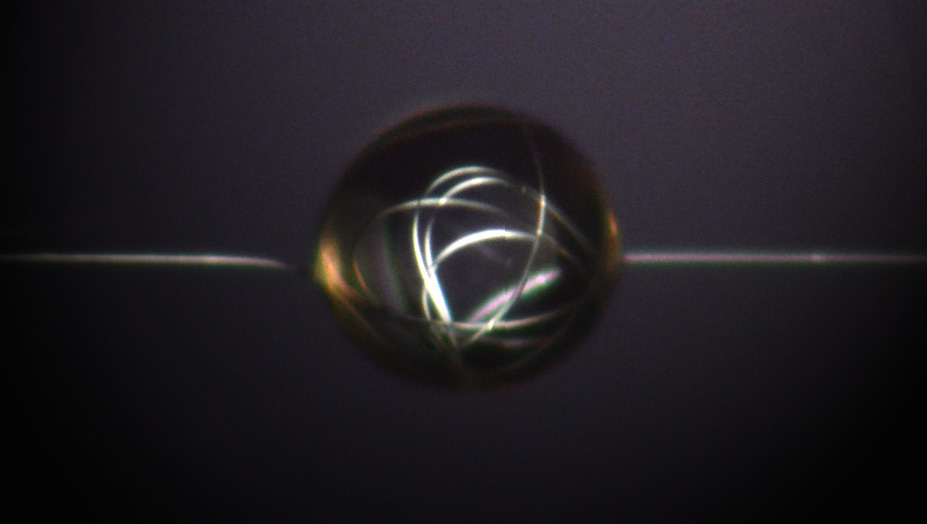
Surface Tension & Elasticity
If at our human scale, surface tension forces are barely perceptible, they become increasingly relevant at smaller and smaller scales, and can balance -- or exceed -- e.g. gravity or elasticity effects. A striking manifestation of this interplay between surface tension and elasticity is provided by the strange behaviour of the spider capture silk spun by different types of ecribellate spiders. This gluey thread looks as an extremely stretchable and almost telescopic material. With biologists from the
Oxford Silk Group we found this curious behaviour to be rooted in the buckling, coiling and spooling of core silk within each glue droplet. Analogously, capillarity-induced folds on liquid infused membranes allow to design extremely stretchable thin materials akin to cellular membranes, and open interesting ways for novel, highly stretchable, functionalized materials.
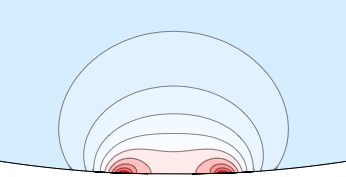
Hydrodynamics of Violent Events
Bursting bubbles, droplets splashing or massive waves slamming a wall or a ship are fast events involving rapidly distorting flow patterns and stresses. Though markedly unsteady and nonlinear, these flows sometimes exhibit particular symmetries (self-similar) that reveal much information when identified. We use this theoretical toolbox to investigate and revisit century-long problems such as the mechanisms of raindrop impact-mediated erosion for example.
To shed light over the physics of these fast and sometimes singular flows (where both pressure and velocity tend to diverge locally) we map experimentally both the forms and the forces displayed during these events using conventional fast imagery and acoustic techniques.
Publications
Contact
arnaud.antkowiak@upmc.fr
Arnaud Antkowiak
Institut ∂'Alembert
Boîte 162 / Bureau 44-54 504
Campus Pierre et Marie Curie
Sorbonne Université
4, Place Jussieu
75005 Paris
Made with
Tailwind CSS.
Google Map styled with
Snazzy Maps.
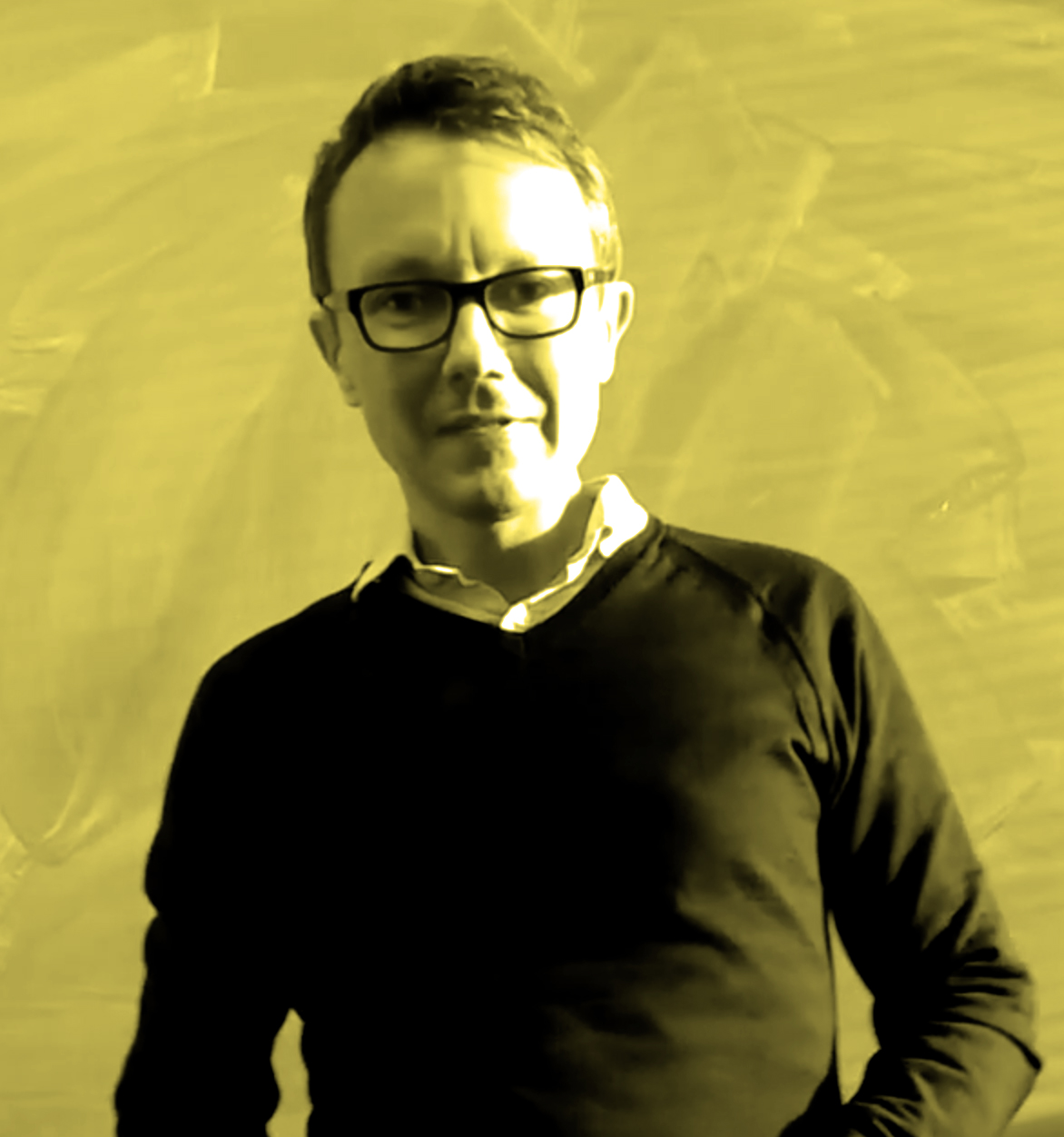


 Hydrothermal chimneys are spectacular edifices several tens of meters tall found in the bottom of the oceans. Harbouring a profusion of living organisms that form a most ancient ecosystem, chimneys have rightfully stirred the interest of the geophysics community for their role in the emergence of life. Still, the mechanisms of formation of these vents remain unclear to date. Here we explore how fluid flows from the inner crust may sculpt the chimney when contacting seawater and precipitating chemical elements. This is an exciting multidisciplinary venture with geophysicists and geobiologists from Institut de Physique du globe.
Hydrothermal chimneys are spectacular edifices several tens of meters tall found in the bottom of the oceans. Harbouring a profusion of living organisms that form a most ancient ecosystem, chimneys have rightfully stirred the interest of the geophysics community for their role in the emergence of life. Still, the mechanisms of formation of these vents remain unclear to date. Here we explore how fluid flows from the inner crust may sculpt the chimney when contacting seawater and precipitating chemical elements. This is an exciting multidisciplinary venture with geophysicists and geobiologists from Institut de Physique du globe. 

